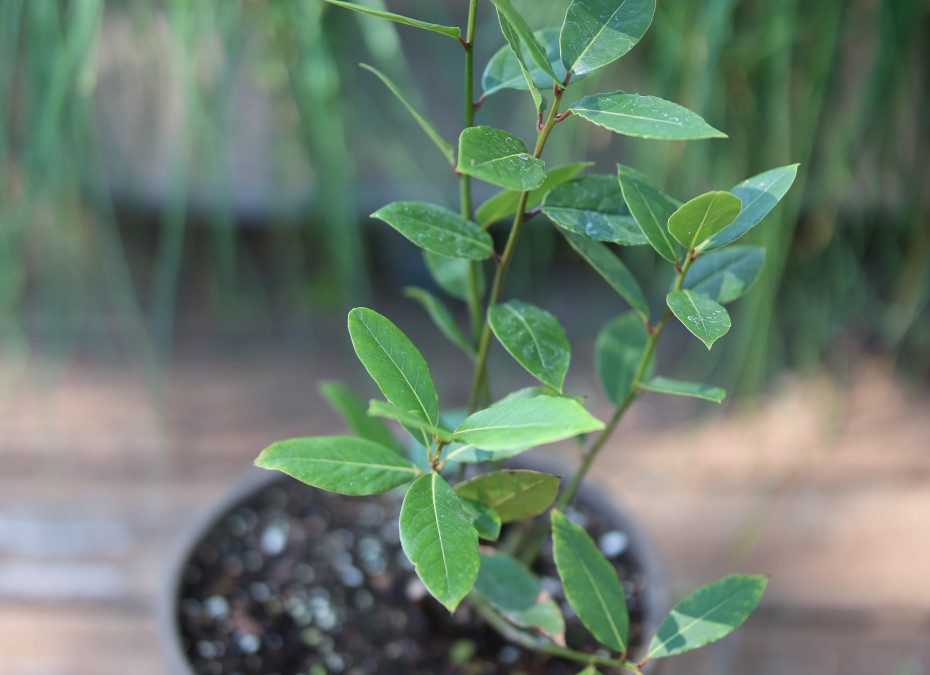Contents
- 1 How to Grow Bay Laurel Indoors (Fragrant Bay Leaves from Your Kitchen Garden)
- 2 Why Grow Bay Laurel Indoors?
- 3 Choosing the Right Container and Soil
- 4 Light and Temperature Needs
- 5 Watering and Feeding Bay Laurel
- 6 Pruning and Harvesting Bay Leaves
- 7 Common Issues When Growing Bay Laurel Indoors
- 8 Related Articles
- 9 Final Thoughts on Growing Bay Laurel Indoors
How to Grow Bay Laurel Indoors (Fragrant Bay Leaves from Your Kitchen Garden)
Bay laurel (Laurus nobilis) isn’t just a classic culinary herb—it’s a beautiful, fragrant, and easy-to-grow indoor plant. With glossy green leaves and a compact growth habit, bay laurel adds both beauty and practicality to your indoor garden. If you’ve ever wanted to harvest your own fresh bay leaves for stews, sauces, and marinades, growing bay laurel indoors is the perfect solution. In this guide, you’ll learn everything you need to keep this Mediterranean herb thriving inside your home.
Why Grow Bay Laurel Indoors?
- Year-round harvest of aromatic bay leaves
- Compact and ornamental addition to indoor spaces
- Long-living and easy to shape through pruning
- Avoids exposure to harsh winter conditions
Bay laurel is slow-growing but extremely rewarding. It grows well in containers and thrives in bright, sunny locations, making it an ideal herb for a sunny kitchen windowsill.
Choosing the Right Container and Soil
- Use a clay or ceramic pot with drainage holes to prevent root rot.
- Choose a well-draining potting mix with added perlite or sand.
- Consider a self-watering container to help manage moisture levels.
Amazon Pick: Try this Self-Watering Herb Planter on Amazon.
Light and Temperature Needs
Bay laurel thrives with at least 6 hours of direct sunlight daily. South- or west-facing windows are ideal.
- Supplement with a grow light in winter or low-light areas.
- Maintain indoor temps between 18–24°C (65–75°F).
- Avoid placing near cold drafts or heat sources.
Grow Light Tip: Check out this affordable LED grow light for indoor herbs.
Watering and Feeding Bay Laurel
- Water when the top 2 inches of soil feel dry.
- Allow excess water to drain to avoid soggy roots.
- Feed with a balanced liquid fertilizer every 4–6 weeks during spring and summer.
Tip: In winter, reduce watering and stop fertilizing—bay laurel goes semi-dormant.
Pruning and Harvesting Bay Leaves
- Trim lightly in spring to encourage bushier growth.
- Harvest mature leaves (darker green) sparingly.
- Dried bay leaves have stronger flavor than fresh—air-dry for a few days before storing.
Common Issues When Growing Bay Laurel Indoors
Yellowing Leaves
- Caused by overwatering or poor drainage
- Solution: Check pot drainage and water less frequently
Leaf Drop
- Often due to drafts or rapid temperature changes
- Solution: Move plant away from vents, radiators, or doors
Scale Insects
- Small bumps or sticky residue
- Wipe leaves with neem oil or use an insecticidal soap spray
Learn more about treating scale on indoor plants from Gardening Know How
Related Articles
- Indoor Plant Fertilizer Guide
- How to Reuse Potting Soil Safely for Indoor Plants
- Best Grow Lights for Herbs
Final Thoughts on Growing Bay Laurel Indoors
Bay laurel may grow slowly, but it rewards patient gardeners with a constant supply of flavorful leaves and elegant greenery. With proper lighting, drainage, and a bit of attention, this versatile herb can thrive indoors year-round. Not only will your meals benefit, but your indoor garden will too.
For additional insights on bay laurel care, check out this RHS page on Laurus nobilis.

